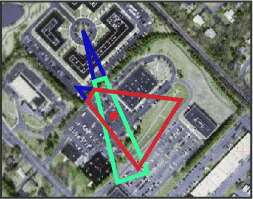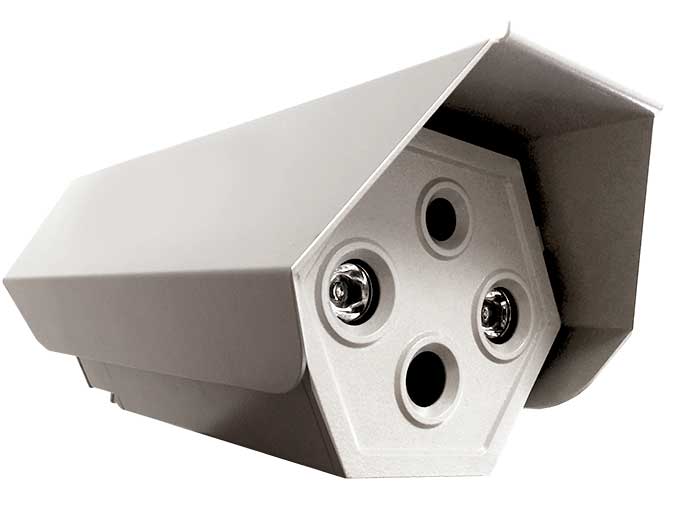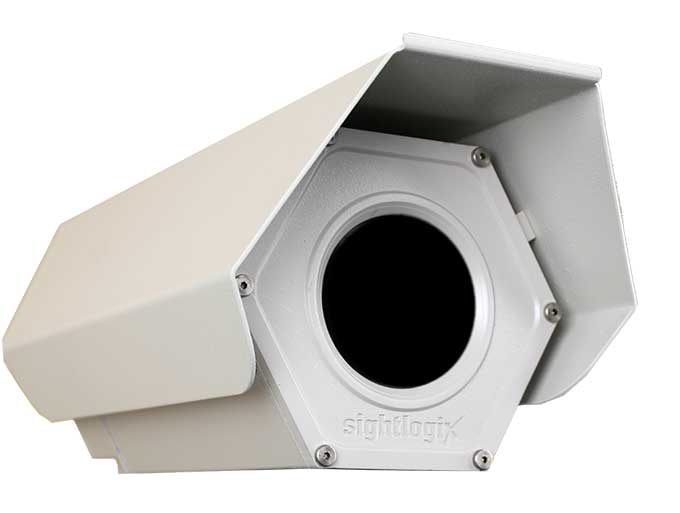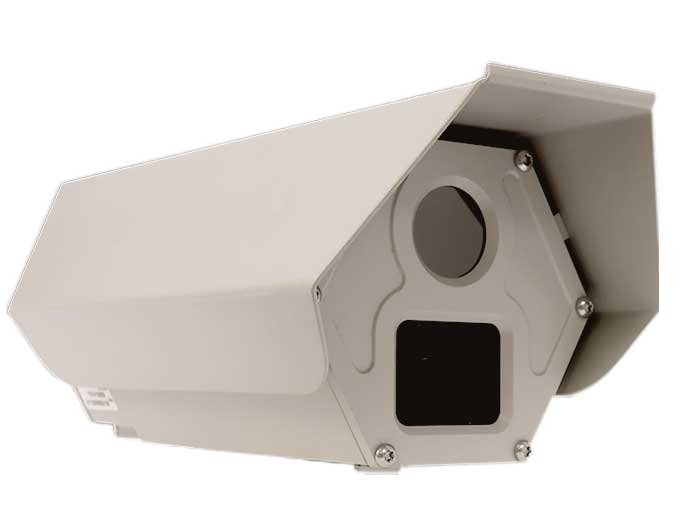- October 15, 2018
- Posted by: Eric Heller
- Category: Blog
 Safeguarding outdoor assets, whether commercial sites like maintenance yards and car lots or critical sites like airports and refineries comes down to the same thing: Accurate detection and detailed information about the event in real time. While there are many technologies for intruder detection, combining reliable alerts with knowledge about what is happening and where it is happening is perhaps the most important criteria.
Safeguarding outdoor assets, whether commercial sites like maintenance yards and car lots or critical sites like airports and refineries comes down to the same thing: Accurate detection and detailed information about the event in real time. While there are many technologies for intruder detection, combining reliable alerts with knowledge about what is happening and where it is happening is perhaps the most important criteria.
For outdoor security applications, a common goal is to detect intrusions with low nuisance alarms in widely varying environments, often over large areas that are difficult to patrol. For these reasons, “smart” detection systems are usually combined with guards. Smart systems never tire, can cover large areas, and “see” what the human eye would miss, while people – when provided with accurate alerts – know how to respond the best way.
Intruder Detection Accuracy – The Key to Outdoor Security
But to work well, such an arrangement has to start on a foundation of accurately detecting people when they enter a property. When alerts are unreliable, there is no accountability – a responder doesn’t know which of an overwhelming number of nuisance alerts need attention; misdetects are even worse, as they undermind the credibility of the system entirely. Historically, the common approach for securing large outdoor areas has been to use a “blind” sensor to detect activity, supported by a camera to help determine the cause of the alert. The drawback is that these sensors can generate so many nuisance alerts caused by the outdoors that reliability is diminished. At the same time, costs for deploying and maintaining two separate systems – a sensor and a video system – quickly escalate.
This is why smart thermal video cameras have become the new standard for securing outdoor assets and site perimeters, expanding their traditional role as “night vision” cameras to 24-hour security solutions. When combined with video analytics, these thermal security systems offer real-time, pre-emptive security with instant notification about security violations that may occur over outdoor areas.
Thermal Cameras Solve Outdoor Security Challenges
Unlike visible light cameras, thermal cameras operate by sensing the heat of objects within their field of view. All outdoor objects have varying degrees of temperature, which a thermal camera uses to form a black and white video image, presenting hotter objects as brighter and colder objects as darker. This is why thermal video security systems offer a number of advantages over visible cameras: Thermal can detect in complete darkness or bright sun, ignore reflections off water or stray lights from passing cars, cover very long distances, and represent a reliable, all weather, 24/7 security solution.
Recent developments in thermal camera processing take video intrusion detection to a whole new level with much higher detection accuracy, and now at costs that bring these capabilities to commercial use. In the past, the higher price for thermal technology limited their use, but as costs continue to fall, many businesses can now choose thermal cameras for their outdoor security needs.
Choosing the Best Thermal Solution
Of course, not all thermal cameras are the same. SightLogix has always believed that placing significant processing power inside the camera itself is the key to making outdoor video detection both accurate and cost effective. Importantly, this image processing is performed in advance of the analytics, a critical first step for intruder detection you can count on.
For example, processing in SightLogix solutions first stabilizes the video to eliminate camera motion as a source of nuisance alerts. Objects such as trees and leaves that flap in the breeze can create the appearance of an intrusion, so SightLogix uses a geo-registration capability to filter out this unimportant movement. When you add in snow, rain, humidity and dust, such a dynamic environment will create an overwhelming amount of false and nuisance alerts for thermal detection cameras that lack this important image processing to compensate for these common conditions.
Additional economic advantages are realized through the longer ranges smart thermal cameras are able to detect, exceeding 600 meters in some cases. Longer-range cameras require fewer poles, power and communications, reducing infrastructure needs proportionally. Consider too that a significant manpower advantage is realized when operators become more effective by receiving accurate alerts with a greatly diminished false alarm/nuisance alarm rate.




